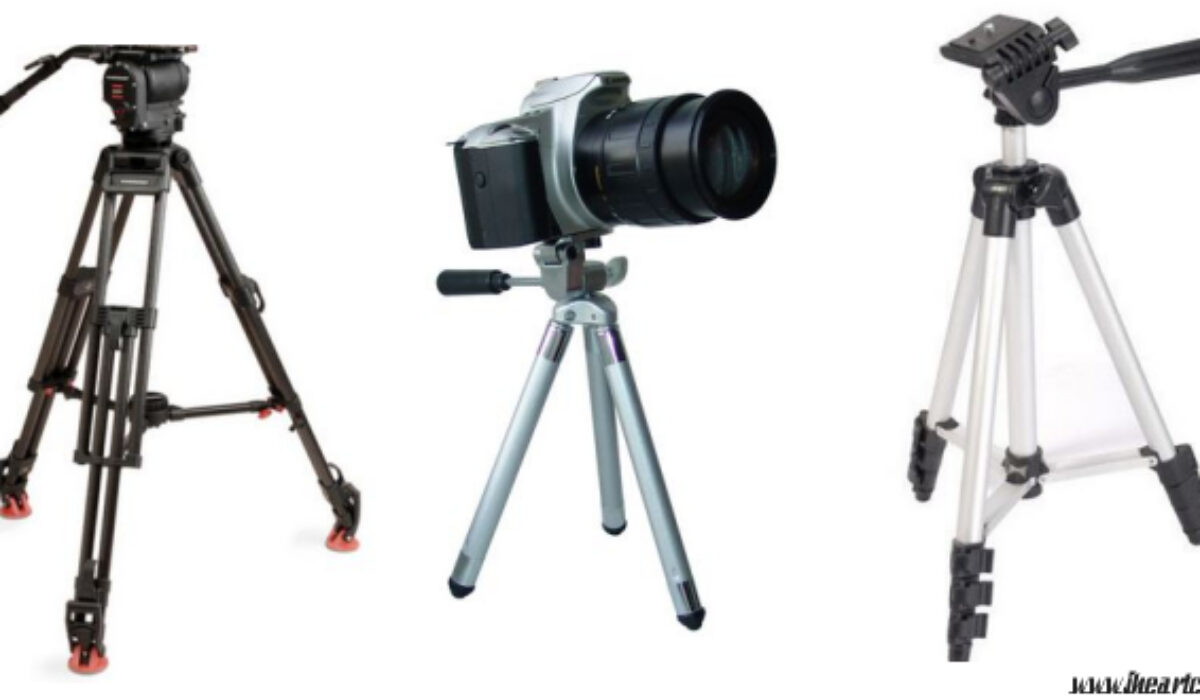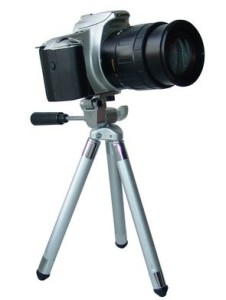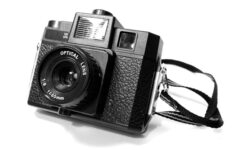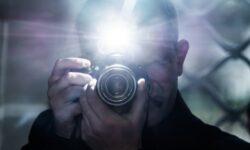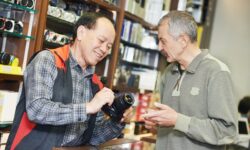A camera tripod is a piece of equipment that is used to stabilize and elevate your camera. Camera tripods typically have three to four legs and a mounting head where the camera goes that can be rotated, tilted, and locked into place. Many photographers use camera tripod for a number of reasons, from ensuring a steady shot to maintaining a straight pan for the intended effect of blur in a photo. Camera tripods are especially convenient when traveling, but some photographers leave them at home because they can be heavy or bulky. But, if you choose a lightweight, compact tripod made of aluminum or carbon fiber, the pros definitely outweigh the cons for using a camera tripod while traveling.
The first benefit the camera tripod offers is the ability to shoot in low or natural lighting. Sometimes when we travel, we are not sure of the lighting or sometimes we want to capture a bright, burning sunset or dark brooding storm brewing on the horizon. Camera tripods allow photographers to use a slower shutter speed without the dangers of a shaking camera that causes blur. The slower the shutter speed, the higher the chance for blur, so whenever you shoot in settings where slow shutter speed is necessary, a camera tripod can be your best friend.
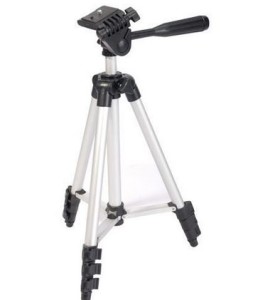
The second benefit of a camera tripod is when shooting action shots or anything in motion such as a waterfall or city traffic. Whether you want to capture the object in motion by blurring out the background, or you want to enhance the motion in other ways, using a camera tripod allows for steady panning to keep the subject in focus while blurring the background for effect. If you are unable to pan your camera with precision, the subject in motion may get blurred, something you do not want to happen.
Shooting subjects extremely close up is a third benefit of using a camera tripod. If you are shooting a bright blooming flower for example, and you want to capture the color and texture of the pedals, every single little motion of your camera is detectable, especially when you are trying to focus on keeping the camera steady, zooming in, and choosing the right angle. Using a camera tripod eliminates at least one of those factors, making for a steady, sharp photo. This is also true if you want to focus on one subject while blurring out the background altogether.
Finally, camera tripods are quite useful if you find yourself waiting around for the perfect shot. For example, if you are trying to shoot a group of deer in a clearing, you may not know when the perfect shot will occur, so you wait with camera in hand. The problem is that as soon as you see the perfect shot come together, the movement of your camera to quickly pull up to eye level may compromise the shot. By having the camera already sturdy on a camera tripod, all you have to do is shoot. If you are around skittish animals or other situations where noise is a factor, this is also quite beneficial.
If these benefits are enough to make you consider taking a camera tripod on your next trip, be sure that you know exactly how to set up your camera tripod as well. Scope out a solid location that achieves your intended angle, point one leg toward the subject, and be sure that the center post is aligned with the ground, centered and locked securely in place. If you need help choosing a camera tripod to purchase, consider tripods that are very lightweight, compact and come with either spiked or rubber feet for various terrains.

